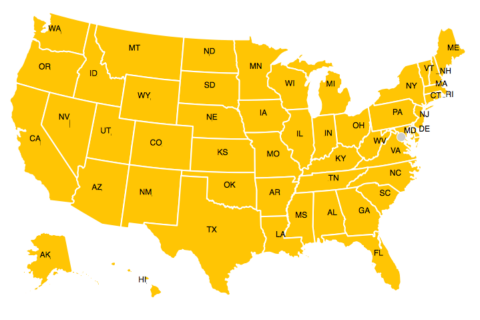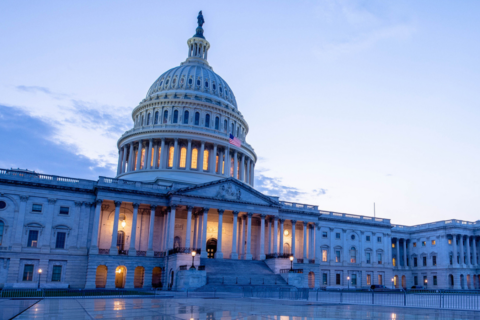Updated November 2024
Preemption occurs when a higher level of government supersedes the authority of lower levels of government.
- The issue: It is crucial that local leaders are given the autonomy to meet their residents’ needs, which can vary significantly between communities even within the same state. Through inefficient state interference, municipalities have experienced limits to their authority that can constrain local innovation and efforts to make communities stronger, safer and fairer. This loss of decision-making, caused by the misuse of state preemption, negatively impacts local leaders’ abilities to do everything from increase local broadband access, extend protections to marginalized communities and set appropriate tax rates. Through state and local partnerships, municipal leaders can have the tools to effectively govern, meet community needs and equitably improve wellbeing.
- A solution: Home Rule Reform provides the legal basis for local decision making and can set limits on state interference. Home rule allows for important issues to be handled at the closest level of government to the people. Currently, access to home rule differs across and within states throughout the US, leaving municipalities with varying degrees of local authority.
Go Deeper: Overview of Preemption
NLC follows state trends on preemption of local authority with the Center for Public Health Law Research. Although preemption impacts many policy areas, we currently track trends on:
- Civil Rights and Education: Race and Racism in School Curriculum and Transgender Rights
- Housing: Inclusionary Zoning and Rent Control
- Infrastructure: Broadband
- Public Safety and Policing: Firearms and Local Law Enforcement Budgets
- Tax, Budgeting and Finance: Six Tax and Expenditure Limits
- Workforce: Ban-The-Box and Paid Leave
NLC’s Local Authority Dashboard provides resources to navigate the state landscape regarding broadband infrastructure, with additional policy areas to be added.
For more information visit our Local Authority and Intergovernmental Relations resources.
Partners
Support for this research was provided by the Robert Wood Johnson Foundation. The views expressed here do not necessarily reflect the views of the Foundation. Special thanks to our partners:
- Local Solutions Support Center
- Temple University, Beasley School of Law, Center for Public Health Law Research






